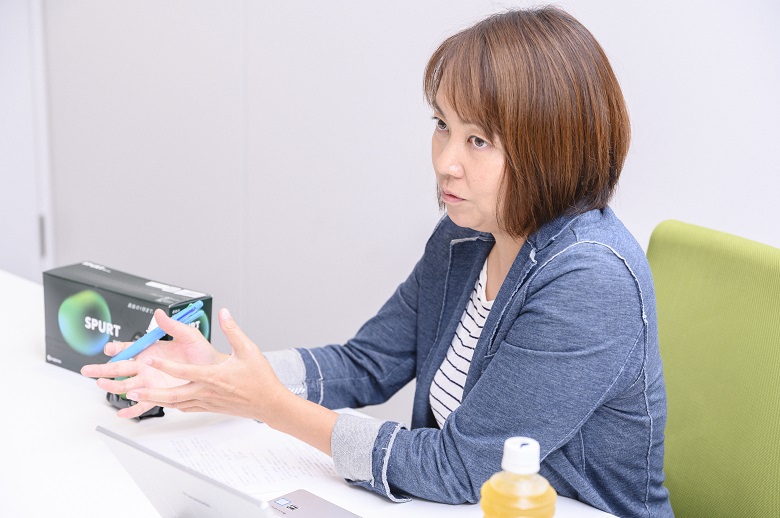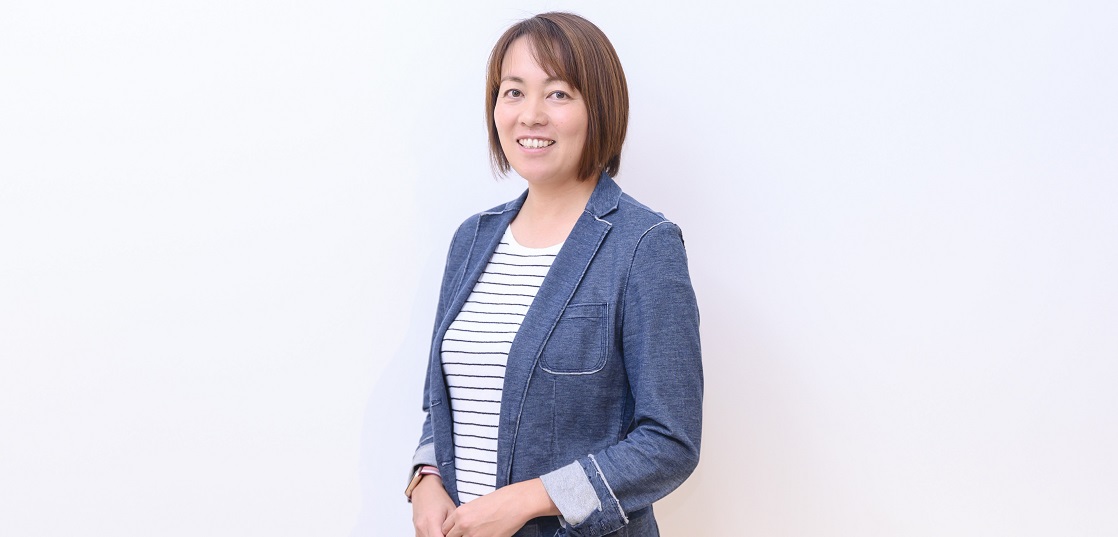日本は食のバリエーションが多様な国です。私たちは豊かな自然環境のもとで、「和食」を中心とした食文化を育み、栄養バランスの取れた食事を享受してきました。
しかし日本の自然環境は、変化を続けています。サステナブルな食生活を実践するために、私たちはどんなことを意識すればよいのでしょうか。
今回は、日本大学教授で、ユーグレナ社が販売するゼリー飲料「SPURT(スパート)」のアドバイザーも務める公認スポーツ栄養士の松本恵さん(日本大学教授)に栄養学の観点から見た“サステナブルな食生活”について語っていただきました。
Japanese food with a nutritional balance that is unique in the world
— The fact that “Japanese food” was registered as a UNESCO Intangible Cultural Heritage in 2013 is a new memory. What are the characteristics of Japanese food that the world is paying attention to?
Megumi Matsumoto (Matsumoto): One of the indicators for evaluating the quality of nutrition is "PFC balance". This is the ratio that indicates how much of the three major nutrients "P = protein", "F = lipid", and "C = carbohydrate" occupy in the calorie intake.
The criteria for the ratio of the three major nutrients for a person to stay healthy and long-lived are 20 to 30% for protein, 30% or less for fat, and 50 to 70% for carbohydrate.
The characteristic of Japanese food is that this PFC balance is maintained reasonably. With the set meal style, it does not deviate significantly from the standard ratio.
However, for example, if you eat a fast food burger and potatoes as one meal, the fat content will be 50%, the protein content will be 30%, and the carbohydrate content will be 20 to 30%, and the PFC balance will be greatly disrupted.
I am involved in nutritional support for athletes, and I think that Japanese food is blessed from an athlete's perspective.
Western athletes, who have a small variety of foods and many opportunities to eat out, have a great deal of difficulty in adjusting their PFC balance. For example, supplement with cereals and protein bars, or chew raw vegetables. As for vegetables, if you know how to cook simmered dishes, you can eat a wider variety of vegetables.

Megumi Matsumoto (Professor, Department of Physical Education, College of Arts and Sciences, Nihon University, Certified Sports Dietitian)
Born in Sapporo, Hokkaido. After working as an assistant professor at Fuji Women's University, a specially appointed assistant professor at Hokkaido University, and a visiting researcher at South Australia University, he has been in his current position since the spring of 2011. Doctor of Agriculture and Certified Sports Nutritionist. Engaged in winter sports and nutritional support for athletics, judo, and triathletes at Nihon University. In charge of Sochi Olympic Multi Support House Meal. Since 2013, he has been a director of the Japan Society of Sports Nutrition.
— You already have a good nutritional balance with the food you can eat at home.
Matsumoto: That's right. Also, not only home but also school lunch is very well balanced. Japanese lunch is provided with a balance and quality that is unparalleled in the world. Therefore, it can be said that Japan has been in an environment where you can naturally eat a well-balanced diet since you were a child.
— Will the current blessed Japanese food be affected by changes in the environment?
Matsumoto: As the global environment changes, it may not be possible to harvest the fish and vegetables that we have eaten so far.
If you simply think about nutrition, there is no problem if you can replace it with a substitute instead of sticking to the conventional ingredients. However, it was found that there is a desire to preserve traditional food culture and enjoy delicious foods and seasonal foods, and that seasonal vegetables and fruits that are popular in Japan are rich in vitamins and minerals. I'm worried if it will be covered by alternative factory vegetables or year-round vegetables.
As a dietitian, I am paying attention to how the nutrient content of each ingredient changes.
アスリートに対する“サステナブルな食教育”とは
—松本先生は現在、アスリートへの“サステナブルな食教育”に取り組まれていますね。そのきっかけは何だったんですか?
Matsumoto: After the 2016 Rio de Janeiro Olympics, I had the opportunity to visit the University of Colorado to meet Dr. Nanna Mayer, a top registered dietitian on the US Olympic Committee.
2020年に向けたアスリートへの食提供についてヒアリングしに行ったところ、ナンナ先生は「アスリートへのサステナブルな食教育に力を入れていきたい」と熱く語ってくれたんです。実際にさまざまな取り組みをされていました。
これまでのスポーツ栄養学は、「いかに勝てる身体をつくるか」がメインテーマでした。私自身も選手のパフォーマンス向上やコンディショニングのためのサポートを中心に考えてきましたが、もともと、私は農学部出身で食のサステイナビリティにも関わる研究室にいたので、ナンナ先生の考えに改めて気づかされることがたくさんありました。

—なぜ、アスリートに対するサステイブルな食教育が必要なのでしょう。
Matsumoto: Athletes consume more animal protein, which is said to have a higher environmental impact than normal people, in order to increase muscle mass and recover from muscle damage. Also, when you use an aircraft or car for an overseas expedition, you consume fossil fuels and move frequently. First of all, it is necessary for athletes themselves to have knowledge about such environmental loads.
With such knowledge, it is possible to take measures such as making some of the ingested proteins of vegetable origin with low environmental impact.
You can also think that if influential athletes communicate about sustainability, it will be more easily accepted by people and, by extension, will be beneficial to the global environment.
—“サステイブルな食教育”とは具体的にはどのようなことが行われているのですか?
Matsumoto: At the University of Colorado, we set up a test farm and held a cooking class for vegetable proteins using organic vegetables produced and harvested there.
In addition, in order to promote local production for local consumption, athletes themselves go out to ask farmers to provide ingredients, stay at farms like agritourism to help farming, and give lectures at farmers market events. , Contributing to the community.
These movements are now spreading mainly to Western athletes.
"Choice of food" that you can do right now in your daily life
— Is there anything that we, the general consumer, as well as athletes, should be aware of and what can be changed by our actions?
Matsumoto: The simplest method is "local production for local consumption". For crops, choose fresh ones that you can get near your home. This makes sense both nutritionally and from a sustainability standpoint.
— You'll definitely want to choose one from a famous production area, but that's not the best.
Matsumoto: That's right. For example, vitamins oxidize when exposed to light, so some of them may break before they enter the body.
In other words, the longer the distance and time from harvest to human mouth, the higher the probability of oxidation. Therefore, no matter how much you get from the famous production area such as ordering, some nutrients such as vitamins may be broken.
Try to choose what you eat on a daily basis in your neighborhood as much as possible. First of all, I think this is the first step.
I think it's easy for anyone to do, so please be aware of it.
* Honorific titles omitted in the text
Composition: Konomu Mizumoto / Photo: Yuji Tanno / Editing: Yu Oshima

